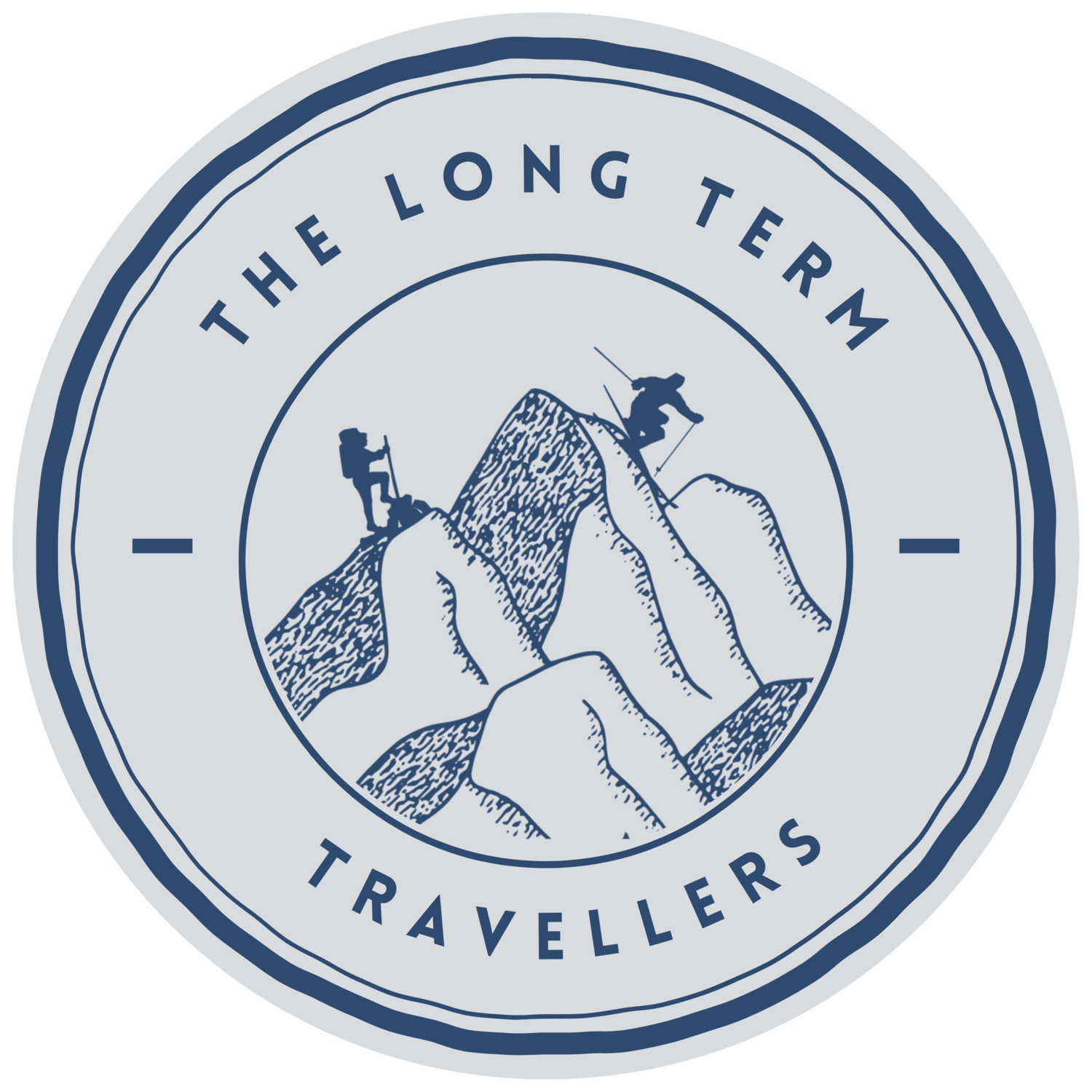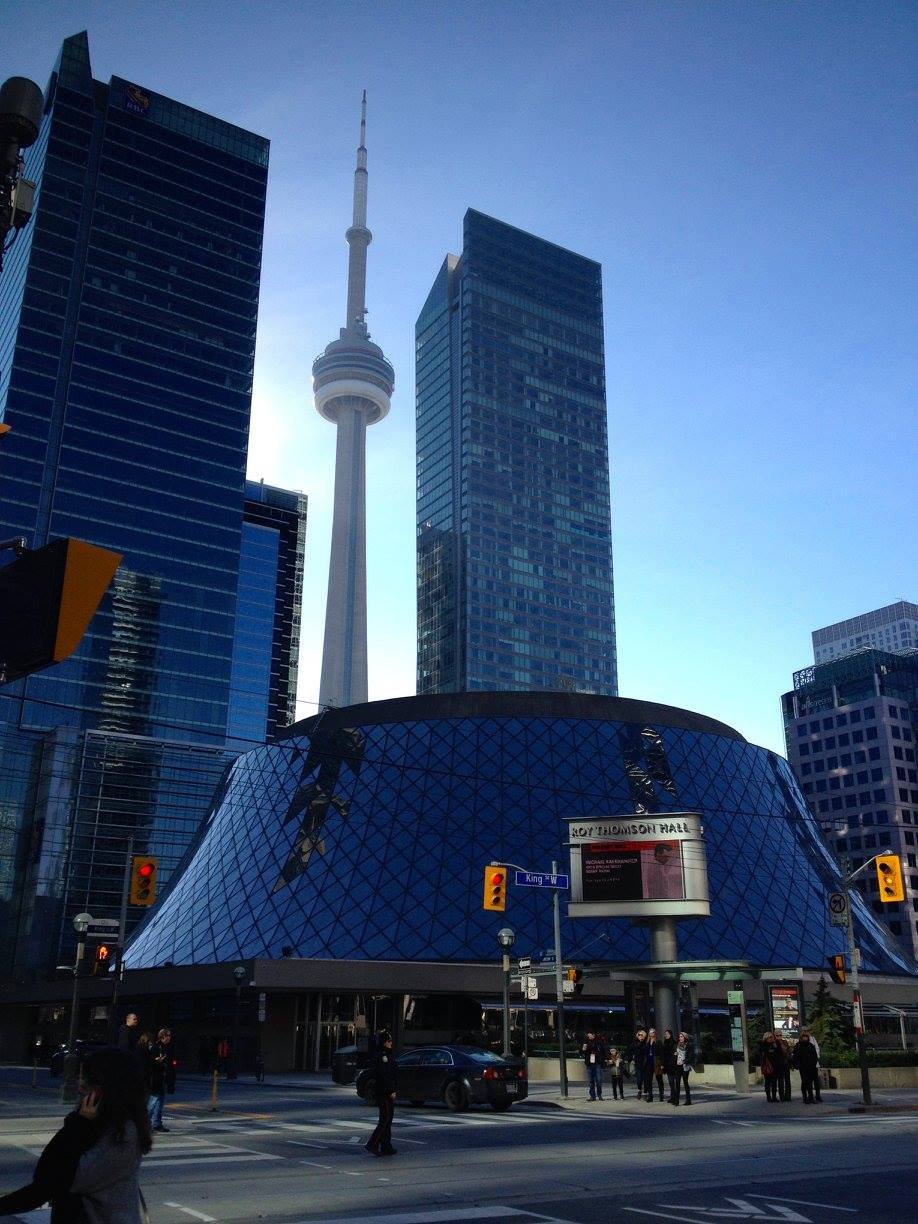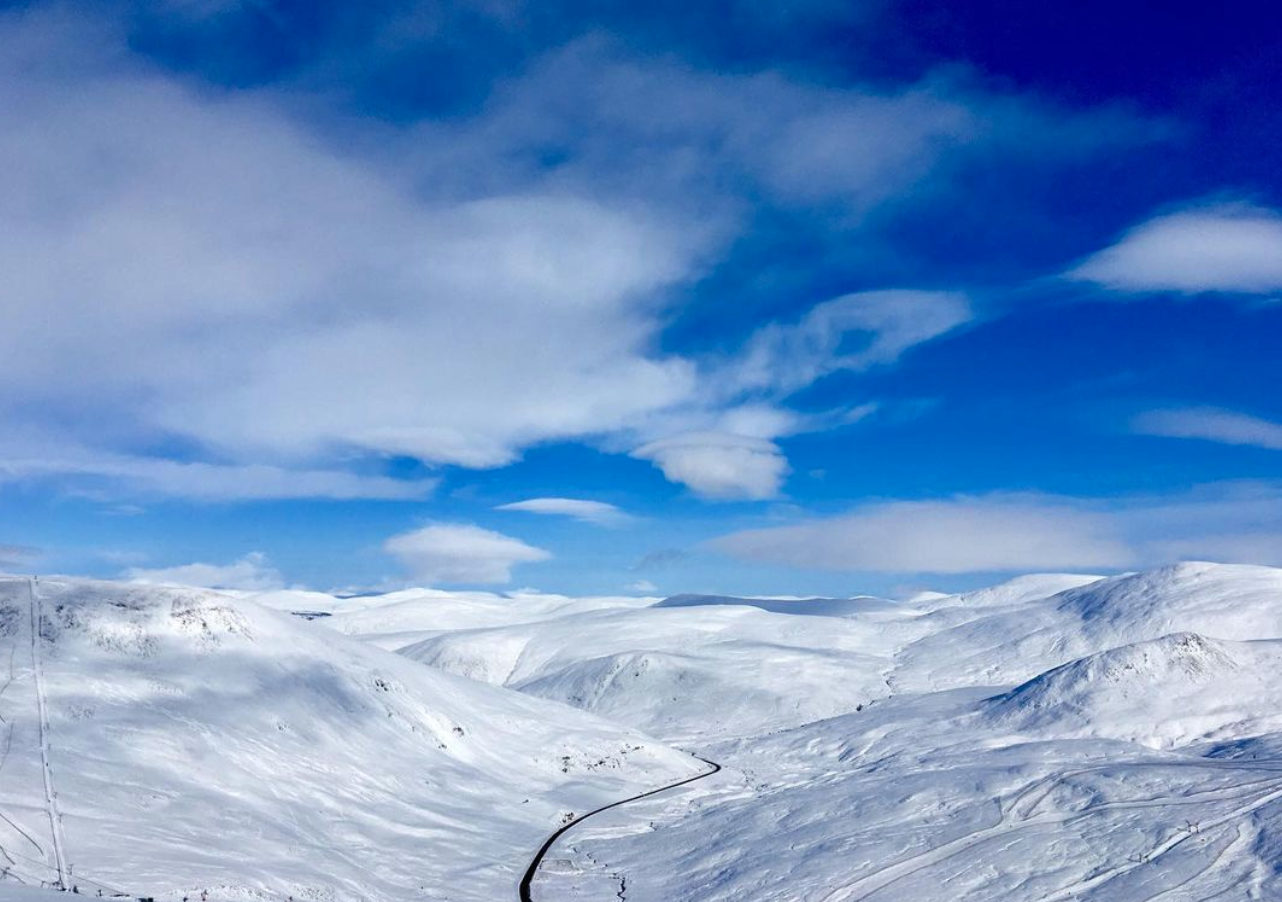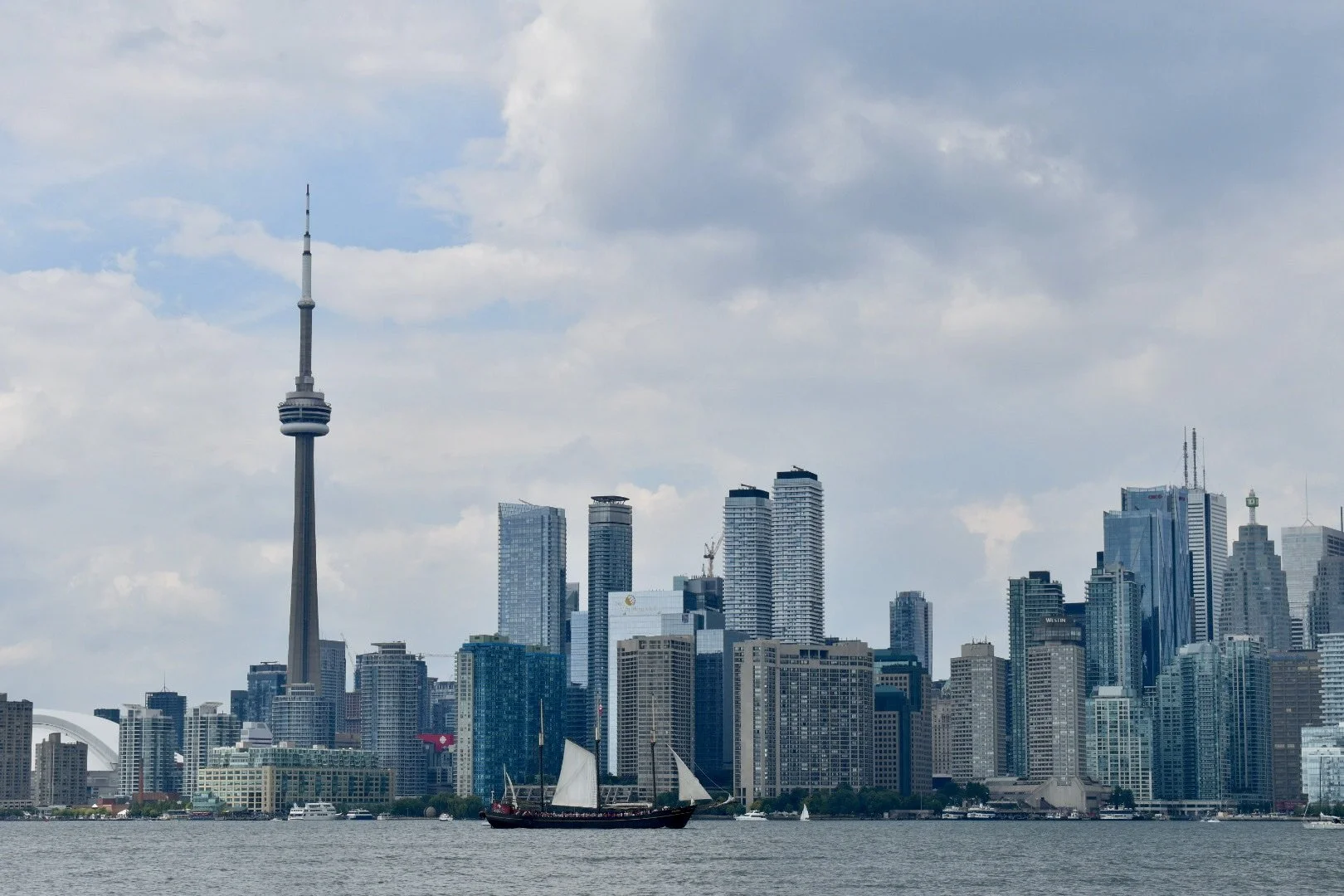10 Differences Between Living in Scotland VS Canada
With incredible natural spaces, distinctive wildlife, vibrant cities and a global reputation for welcoming and wholesome cultures, Canada and Scotland are more alike than not.
You’ll find that some parts of Canada are more like Scotland than others. Nova Scotia is, after all, latin for New Scotland, and houses the most Gaelic speakers outside of Scotland. Over on the opposite coast, Vancouver and Vancouver Island have a very comparable climate to it’s trans- Atlantic neighbour, both sharing an affliction for rain and the comfort of year-round mild temperatures.
In Scotland, you’ll find the tens of thousands of freshwater lochs mirrored in Ontario’s freshwater lakes, and you’ll find solace in the vastness of the Highlands, a quiet that can only be replicated when going into Canada’s backcountry. Sharing a sovereign, both countries have quite complex and often misrepresented pre-colonial history.
Being lucky enough to call both Canada and Scotland home, and living most of my adult life between the two, I have grown to know both of them very well and am really proud of being a citizen of both. Through my years living on each side of the pond, I’ve noticed many similarities, but also have come to adapt to many differences, both large and small. It’s in these differences that have made life in Scotland and life in Canada very unique experiences in their own right.
Whether you’re planning on taking a trip to Scotland or Canada, or are simply just curious, look out for these 10 differences between the two nations.
1. Domestic Travel
Driving 10 hours in Canada? You’re lucky if you’ve crossed a provincial border.
Driving 10 hours in Scotland? You’ll either be in the North Sea, England, Europe, or have lapped the country twice.
The biggest difference between Canada and Scotland is quite obvious. As the second largest country in the world, one that spans six time zones, Canada is best described as vast. Comparatively, Scotland is like a miniature version, still enjoying quite a bit of coastline relative to it’s size, but still smaller than most of our provinces. Canadians therefore have an inherent expectation of long travel; what is considered close in Canada would be deemed far in Scotland.
The other factor when considering domestic travel is that it is very expensive in Canada. Although some budget airlines are trying to shift this general rule, a typical cost of flying from Toronto to Vancouver, or from Halifax to Calgary, can cost the same as if you were flying abroad, making domestic travel quite inaccessible for Canadians. On the other side of the pond, although driving is the best way to get across Scotland, it’s very typical to get cheap flights not only across the UK, but all over Europe.
Travelling up into the Highlands? Here are the top 10 things we recommend doing…
2. Accents
As a whole, the Canadian accent is pretty recognisable. We do have our French Canadians and Canadians from Newfoundland who each have a more distinct and pronounced accent, and there are also a few tilts this way and that depending on where you are, but generally speaking, Canadians do tend to sound relatively the same.
Comparatively, Scotland and the greater UK have so many regional dialects and accents, you feel like you’re constantly travelling abroad, not simply over the borders to another council. The Glaswegian accent is distinct from the Doric which is distinct from the Aberdonian and so on - you’re usually able to tell which city or region someone is from based on how they speak. How close these areas are in Scotland would be the equivalent of Toronto locals having different accents to those in Hamilton, Ottawa and London, Ontario.
3. Multiculturalism
I was reminded when visiting Toronto recently how multicultural Canada is. Listed for years on the UN’s top ten most diverse cities in the world, Toronto’s diversity can be seen throughout the city’s cuisine, festivals, neighbourhoods and events.
However, Toronto isn’t the only hub for multiculturalism in Canada; currently 1 in every 5 Canadians are foreign- born*, comprising of 20.7% of the population in 2011, with the government anticipating this number climbing to up to 30% by 2036. Compared to this, only about 7% of Scotland’s population was considered non-British in 2018* , and the government projects this number to grow by a marginal 2.5% in the coming two decades*.
Although there are some areas of Scotland that are getting more diverse, Glasgow in particular, you tend to meet more people abroad who claim Scottish heritage. Wherever we go, there have always been people who mention they have Scottish ancestry, Canadians being one of the leading countries at over 5 million claiming Scottish descent *.
4. Climate
Although Canada is renowned for many things, the nation is particularly notorious for the amount of snowfall and below freezing temperatures that sweep it’s way across the country every winter season. Although there are some anomalies to the stereotypical winters, Vancouver being one such example, the versatility is usually only on a spectrum of cold to colder.
Comparatively in Scotland, winters are typically mild and fluctuating. Braemar, which is the coldest area in Britain, can get some decent snowfall, but the temperatures aren’t consistent enough for it to stay long. A snowfall that would shut Britain down would be similar to a normal winter day in some parts of Canada.
For skiing and snowboarding, Canada’s long winter season and predictable conditions attract people from around the globe. Across the pond, although Scotland has five ski resorts of it’s own, it’s fluctuating winter temperatures mean that most Scots head to Europe for their ski holidays.
Want to know more about skiing in Scotland and Canada?
Check out our guides on skiing in Scotland and skiing in Canada’s Banff National Park…..
5. Tipping
There are very different tipping cultures in Scotland and the greater UK compared with Canada and greater North America.
Historically, wait staff in North America have accepted a lower than average wage for a service role because of the cultural assumption that every customer will tip 15-25% of their bill. About 5 years ago, you would tip 15% on average, but with our most recent trip, I’ve noticed that the new minimum is 18%. It’s a bit of a tricky one to navigate, as there are different expectations depending on what service you’re being provided. You may only tip a few dollars for a coffee, delivery service, or coat check, but you’ll tip 18-20% for your wait staff at a restaurant.
Tipping is not required in the UK as service roles are generally paid at least the National Living Wage. However, while tipping is not expected in Scotland, it’s graciously accepted and not considered offensive. So if you are visiting and have a server who you thought did an excellent job, feel free to tip. Usually, a lot of hospitality venues pool any tips they do get to be shared across the entire team.
If you’re a Scot visiting or moving to Canada, remember that there is that expectation to tip. If you’re heading out as a large group, expect to be charged an automatic gratuity for the group that’s added to the final bill. You don’t have to tip over and above this.
6. Taxes
In particular, this difference refers to the fact that all listed prices for food, goods and services over in Scotland are inclusive of tax, whereas in Canada, they are added on as you’re checking out. Although a seemingly small difference, it does make quite a change if you’re visiting Canada and trying to adjust to doing math on the go, or if you’re visiting Scotland and are pleasantly surprised when you can take everything at face value.
In Scotland, if the cafe bill says £10, it’s £10. If the trousers says £30, they’re £30 (with the tax already factored into the price). What you see is what you get, and I’ve found it so wonderfully straightforward. By contrast, in Canada, if the cafe bill says $10, add on a 13-15% tax (depending on what province you’re in), and then add on the tip (anywhere from 18-25%). If the trousers/pants says $30, add on that tax before you hit the register. You’ll learn to naturally round-up prices if you’re out shopping in Canada; it only takes one experience to realise how much tax can add up. This rule is exclusive of Alberta, which is the only province that doesn’t have sales tax (just to be more confusing, apparently).
7. Education
There are many differences between the educational systems in Canada and Scotland, but the most significant in my opinion is that post-secondary is free for all Scottish citizens. Although you’ll have to pay for any post-graduate studies, any Scot can go to get their undergraduate degree in any Scottish university or college free of charge. Across the pond, Canadian post-secondary institutions can have relatively high tuition fees (not as high as the US, but definitely not free), and in many cases, Canadian students can find themselves with thousands of dollars worth of student loan debt just to get their undergrad.
Even before the post-secondary level, there are many smaller differences in the educational systems. There’s the age you go into school, what the different institutions are called (elementary vs primary, high school vs academy), how graduation works (getting a high school diploma vs choosing to do your Highers), and how the school year is structured (Canadians get to enjoy a long summer holiday, where the Scottish ‘school holidays’ are more evenly distributed throughout the year).
Keen to see Scotland’s capital? Here are our recommendations while you’re here,
8. Driving Culture
Ah the left side of the road. How and why it was decided to build entirely opposing traffic systems and vehicles is beyond me, with about a quarter of the countries of the world choosing the left, and the rest choosing the right.
It can be a bit of a challenge when driving within Europe, where you can find yourself in England driving on the left, and coming out of the Channel in France needing to drive on the right. Learning how to drive on the right side in Canada, it was thankfully an easy transition to the left as our years in Australia and New Zealand (also left hand drive) prepared me for driving in Scotland.
Much like everything else, there are also many smaller differences between how the two countries approach driving. Canada, for instance, uses the metric system to measure distance in kilometers, whereas Brits go by miles. In learning how to drive, not only is there an age difference (Canadians can learn at 16, Scots at 17), but there’s also different types of licenses. In Scotland, you are granted either an automatic license or a manual license (where you can drive both manual and automatic vehicles), whereas in Canada, you don’t get tested on which kind of transmission you drive.
As an aside, Steve’s least favourite thing about driving in Canada are the four way stops. We always have roundabouts over here, and although they’re becoming more popular in Canada, the four way stops always catch him out.
9. Slang
As with every English speaking country in the world, every single one seems to adopt different slang to refer to the same things. Add in all of the various accents, and it can be quite challenging to keep up, especially if, like us, you’ve been travelling among multiple English-speaking countries.
To give you a bit of a hint of what I mean, I started a small note on my last visit to Canada of some of the words that I needed to remind myself mentally to ‘translate’ now that I’m more used to how the Scots refer to things. Of course there are variations everywhere, but….
With food; an aubergine is an eggplant, and a courgette is a zucchini. Tea is dinner and crisps are chips and chips are fries and a fizzy drink is soda or pop. At home, a hoover is a vacuum, and a toilet is a bathroom, a flat is a condo and a remote is a converter (In Ontario, anyway). Out in the city; a car park is a parking lot and a lorry is a truck and a queue is a line and the tarmac is pavement, a zebra crossing is a crosswalk and fuel is gas. Honestly, after all of this translating, I need a kip (which is a nap), full stop (I mean period).
It’s only natural to start picking up the slang and phrases of where you’re living, or else people don’t know what you’re asking for or even what you’re saying. It’s no wonder that Canadians living in the UK pick up a slight tilt when they speak, trying to say that it’s a dreich day with the Canadian accent just doesn’t really work.
10. Architecture
Scotland is renowned for housing some of the oldest and most striking castles in Europe. All throughout the country there are whimsical and historic churches, cathedrals, fortresses and cobblestoned streets that date back hundreds of years.
Scotland’s place geographically meant that it’s history was interwoven with many of the European influences throughout the last millennium. It took on a lot of the medieval architecture seen throughout Europe; whether it was for Scotland’s royal family, for protection against battle, or housing prominent clan chiefs.
Edinburgh’s St Giles' Cathedral and Toronto’s Royal Ontario Museum
In comparison, Canada’s permanent structures and architectural development occurred quite late in comparison with its European counterparts. Largely, this is due to our indigenous peoples having their own unique building traditions. Prior to North America’s colonisation, our indigenous peoples had various structural dwellings that depended greatly on where they were living, but included the wigwam, the tipi and the longhouse.
When colonisation occurred, and settlements from the English and French began, many of our indigenous peoples were tragically taken off their lands, and modernised European architecture began to make way. This started largely in the 19th century, making the earliest Scottish castles over 600 years older than the buildings that Canada considers it’s oldest.
Visiting Toronto? Here are our tips on what to do whether you’re coming in summer or winter,
Despite all the differences, Canada and Scotland are definitely more similar than not. Incredible national parks, fantastic cuisine, and dynamic urban spaces make both of these countries a must-see for any avid traveller.
Happy Travels,
Sam
More on Canada and Scotland…

















If you’ve ever visited, lived or travelled extensively within the Scottish Highlands, you’ll know it’s like no other place in the world. With stunning scenery and a rich history, the area truly has something for everyone. From calling the Highlands home, here are our recommendations, including our personal favourites and suggestions on ‘off-the-beaten-track’ experiences.